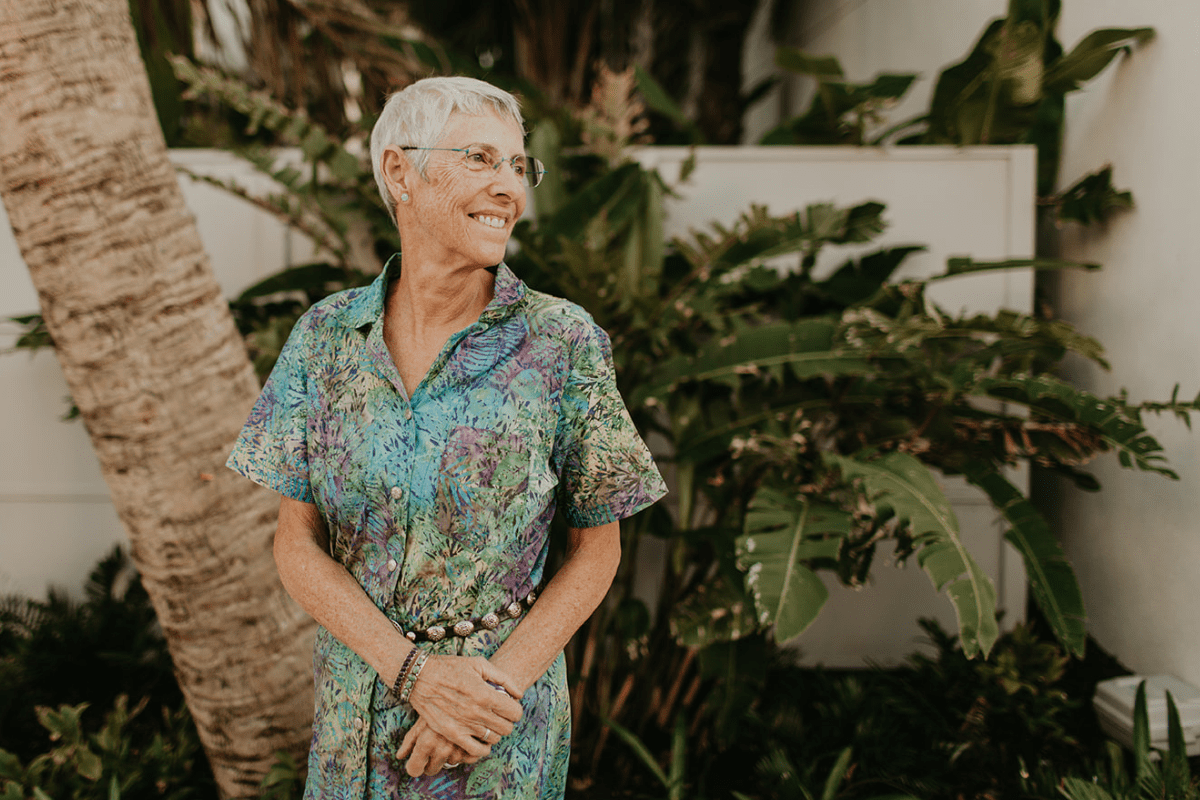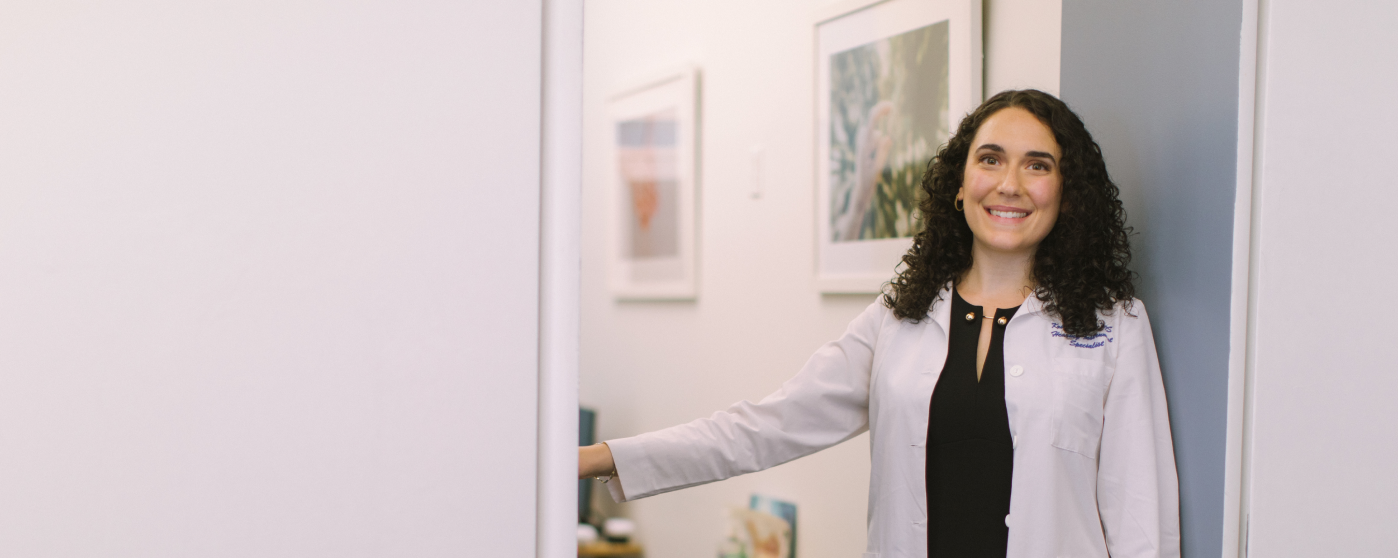Now that you have new hearing aids, you may be wondering how you are going to adjust to them.
I still remember when I got my first bifocal glasses. I had to hold on tight to railings every time I went up or downstairs so I wouldn’t lose my balance. I thought I’d never get used to them. After about a month, I didn’t even think about it, the glasses were so comfortable and easy to wear.
Embrace the Adjustment Period!
It’s the same with hearing aids, it’s just something new. It takes a month or more to get used to wearing them. Don’t worry, your brain will learn to adjust to hearing the sounds of life that you’ve been missing. After a while, you will be very comfortable wearing them. You’ll wonder how you ever got along without them.
Remember the old saying “practice makes perfect”? That certainly applies to hearing aids. I’ve been helping people to hear better for over 30 years, and I’d like to share some tips with you to make sure your journey to better hearing is a pleasant one.
Here we go!
Marianne's Tips for Learning to Use (and love!) Your Hearing Aids
1. Use mirrors the first time you put on your hearing aids
So, how do you get them in your ears? The mirror is your friend! Stand in front of the mirror so you can see how the hearing aid looks in your ear. Start by putting the hearing aid behind your ear, close to the top of the ear.
2. Find your fit
You now have a wire with a plastic dome to insert into your ear canal. Push it into the ear canal and make sure the wire is flush with the front of the ear. If the dome is not going in the canal, take the opposite hand and pull up the top of your ear. Then push the dome with your finger into the ear canal.
And don’t forget the retention wire, which keeps the hearing aid snug in your ear. It fits into the bottom of your ear.
If you wear glasses, them on before you insert the hearing aids
3. Keep them dry
Hearing aids don’t like getting a bath, so keep them away from water. Put them in your ear after bathing. Use hair spray and gels prior to inserting the hearing aids.
4. Keep them safe
This is very important-keep the hearing aids away from young children and pets. Batteries are not meant to be swallowed! Dogs really love to chew them up. When you aren’t wearing them, put them safely in their case, preferably in a place where they can’t be reached by inquisitive hands, paws, and teeth.
5. Wear your hearing aids as much as possible
Wear them as much as you can. I always tell people to wear them all day and take them out before going to bed.
You don’t want to miss out on all the sounds you’ve been missing! Make sure you wear them all the time.
6. Notice all the sounds you’re hearing again
You are going to hear so many new sounds, birds singing, the refrigerator, water running, friends and family’s voices-all the everyday noises you’ve been missing.
Sounds may seem louder at first, but you’ll get used to hearing them before long. Your own voice may sound louder, that’s OK. You are now hearing your voice the way others hear it.
7. Try your hearing aids out in different environments
Try them out in different listening situations. Restaurants, meetings, family gatherings, and movies.
If, after wearing the hearing aids for a while, you have concerns about how they sound or how they fit in your ear, call or email us. We are committed to helping you hear better and we will do all we can to make your hearing aid journey a happy one!
By: Marianne Cramer, MS., Audiologist, Audicus Head of Audiology, Updated in 2021

Marianne Cramer is the Head Audiologist at Audicus. She has over 30 years of experience in the field of Audiology. Marianne received her master’s degree from the University of New Mexico and has since then worked across the US and internationally. She is currently a fellow of the American Academy of Audiology.


